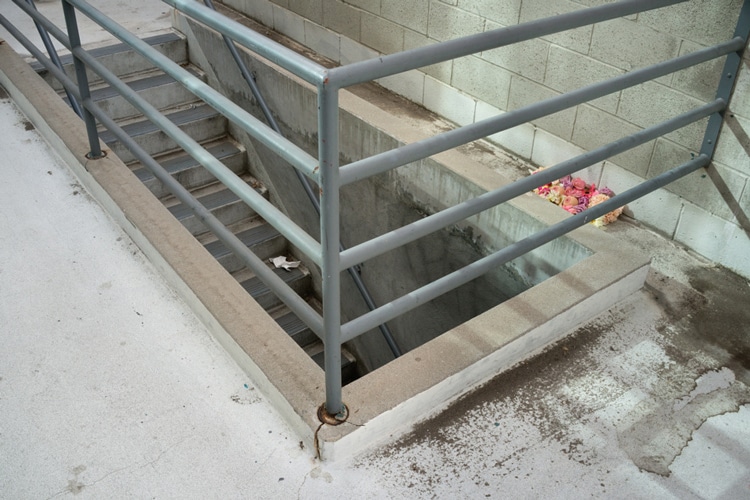A new EU Parliament legislation might accidentally kill memes

Earlier this month the European Parliament approved a number of new amendments to the highly criticised and controversial EU Copyright Directive, an extensive piece of legislation that works to tackle copyright infringement online. Thing is, it’s not exactly easy to determine what copyright means in the digital world of image hyperlinking, reposting, quoting and memes and, more importantly, who gets to profit from this culture.
Granted, some have praised the new legislation as groundbreaking for young creatives and companies as it (somewhat) shields them from Facebook, Twitter and Google profiting from the engagement of image sharing, meme culture and news sharing on their platforms. But at the same time, critics of the Copyright Directive have deemed the law as yet another step towards the death of the internet.
While the legislation is still in the works, there are two particular claws that have sent the internet into a fearful paralysis. Article 11, monikered the “hyperlink tax”, grants publishers the right to license their news articles when they are shared by other online platforms, and article 13, dubbed “the death of memes” or the “upload killer”, says that online platforms are liable for content uploaded by users that infringes copyright. The article works to protect creatives from the misuse of their online content, but might along the way kill our beloved meme culture.
From Beyoncé stuck in a desperate twerk on our Twitter feed, to young Mary Kate (or Ashley) Olsen infinitely lifting a thumbs accompanied by “you got it dude”, our meme culture, sometimes to our oblivion, is wholeheartedly reliant on the recycling of content; content that sometimes belongs to Warner Bros. and sometimes to young creatives at the beginning of their career, whose work is not properly protected from copyright breach. Disney can and will sue the misuse of its images, but the same cannot be said for a small business. And while the vitality of reposts, shares and the inevitable meme at times fall under the category of ‘good exposure’, they certainly do not yield costs per click. The hyperlink tax equally falls under a similar argument—content shared from smaller media companies is indeed a good driver of traffic, but producing revenue from hyperlinks and shares could support emerging media platforms who struggle to monetise on content.
In many regards, as meme enthusiasts mourn the beginning of the end, if done right, this piece of legislation could birth a new era for young creatives where their online work is better protected. The Society of Authors wrote in an open letter posted on August 30 that the “Copyright Directive seeks to modernise copyright for the digital age.” The letter outlines a number of positive outcomes, including, perhaps most importantly, “A transparency obligation, which would force publishers to be more transparent when reporting information to authors related to accounting and the exploitation of their works.”
Now this is not to say that criticism of the legislation is not valid. In an interview with The Verge, Julia Reda, MEP for the Pirate Party and one of the law’s leading critics, said that there are countless faults in the seemingly protective law. “The first is that exceptions or limitations to copyright on a European level different from country to country, and a lot of countries do not have exceptions for memes, for example. The second problem is that even where memes are legal, upload filters would not be capable of distinguishing between them and infringing material.”
How the bill develops is yet to be confirmed, for the time being however the pros and cons of it are in a tight battle—only time will tell whether the bill promises much of the same, where dominant platforms continue to tighten their grip over vast amounts of the web, or maybe, if it could shine a bright light for young creatives.




